The Basilica of Santa Croce, built beginning in 1294, is the largest Franciscan church in the world. In the Gothic style, it houses numerous tombs of notable figures such as Michelangelo, Galileo, Machiavelli, Rossini, Foscolo, and Vittorio Alfieri, as well as a cenotaph in honor of Dante.
The church preserves remarkable frescoes by Giotto and his school, notably in the Bardi and Peruzzi chapels, as well as works by major masters such as Cimabue, Donatello, Brunelleschi, Taddeo Gaddi, Vasari, Bronzino, Ghiberti, and Andrea Orcagna. It represents a condensed history of Florentine art from the 14th to the 19th century.
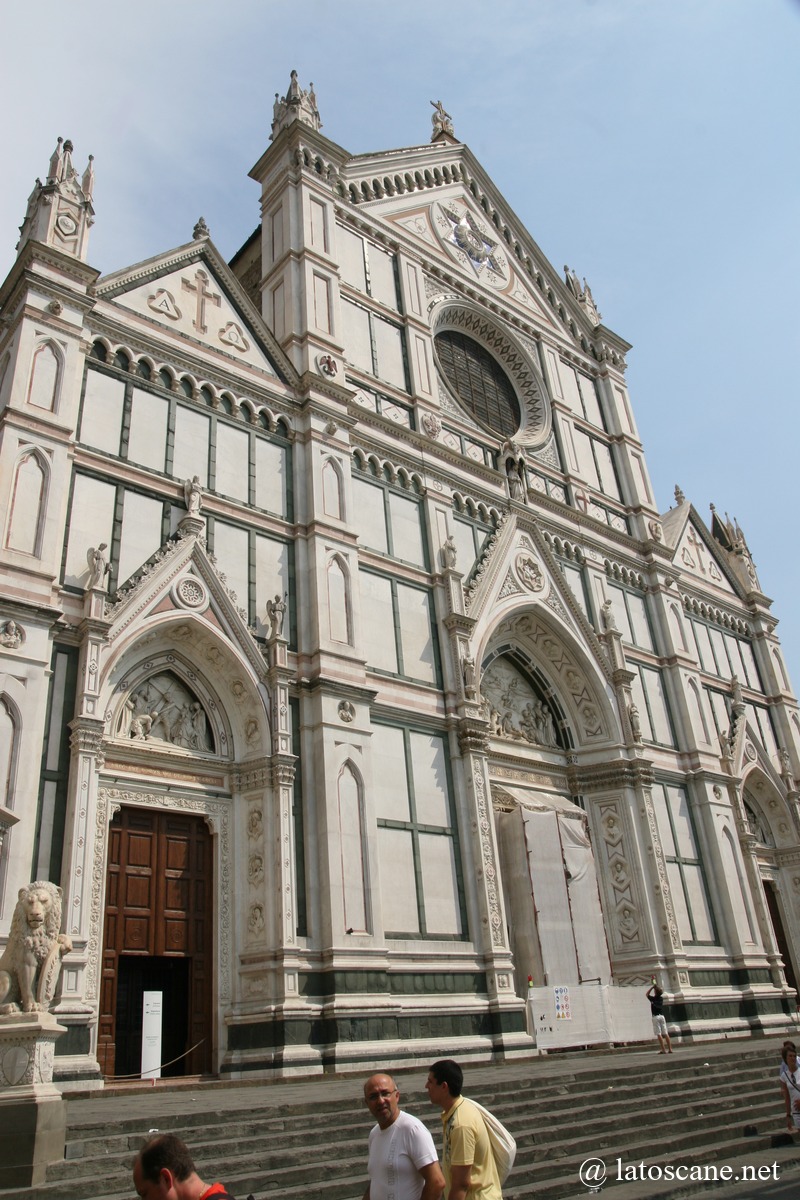
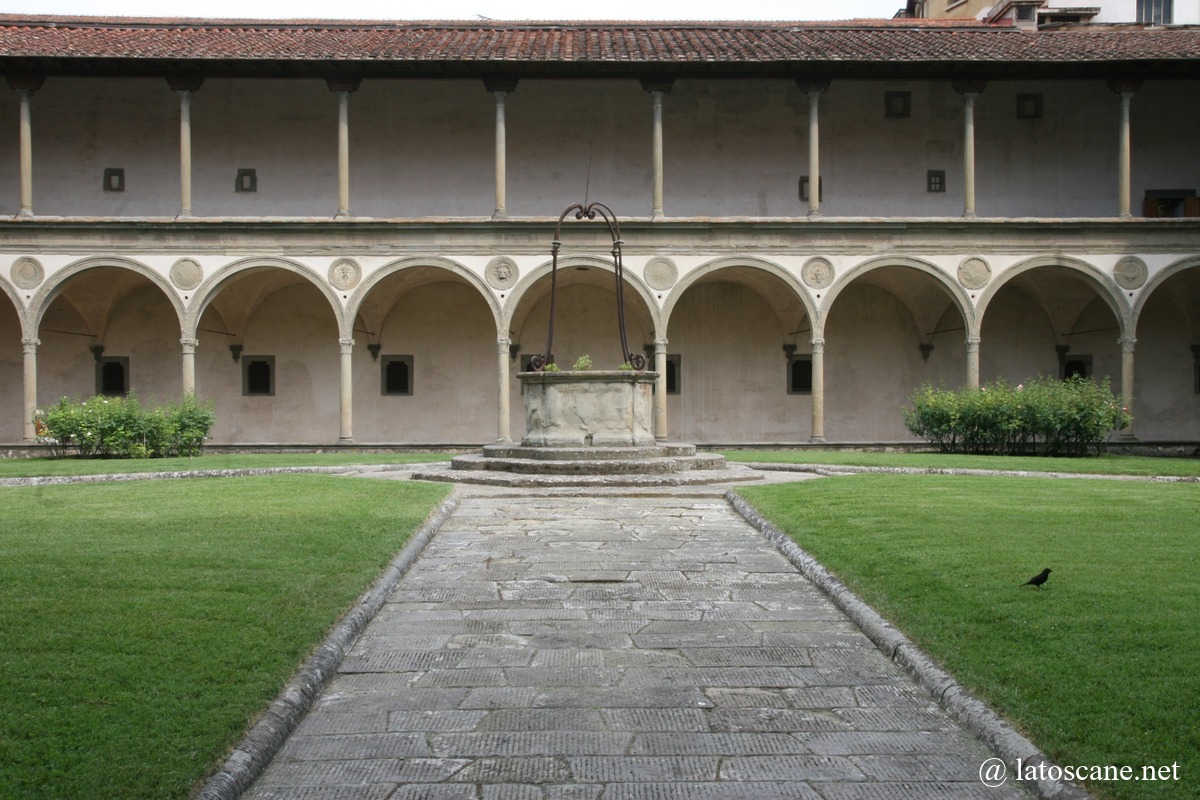

Must-See Highlights
- Tombs of Major Italian Figures: Michelangelo, Galileo, Machiavelli, Rossini, and Foscolo.
- Giotto’s Frescoes: notably in the Bardi and Peruzzi chapels.
- Pazzi Chapel: a masterpiece by Brunelleschi, jewel of Renaissance architecture.
- Cimabue’s Crucifix: famous work partially restored after the 1966 flood.
- Taddeo Gaddi’s Fresco Cycle: in the Baroncelli Chapel and the sacristy.
History of the Basilica
Construction began in May 1294 under the direction of Arnolfo di Cambio, on the site of a small Franciscan church founded in 1252. Over the centuries, Santa Croce became a true artistic laboratory: from Gothic to Renaissance, it reflects the evolution of Florentine humanist thought.
In the 16th century, Vasari carried out major transformations, and in the 19th century, in the romantic climate of the Risorgimento, the basilica assumed the role of Pantheon of Italian Glories, hosting the tombs of major figures in culture and science.
Santa Croce was also a spiritual and intellectual center: its convent welcomed figures such as Saint Bonaventure, Saint Anthony of Padua, Saint Bernardino of Siena, as well as several popes and theologians.
Architectural and Artistic Description
- Façade: inaugurated in 1863 and designed by Niccolò Matas in Neo-Gothic style, clad in white and green marble. The central tympanum, decorated with the Triumph of the Cross by Giovanni Duprè, is supported by a Star of David and Christ’s monogram.
- Interior: 38 m wide, resting on a wooden framework, with three spacious naves. The floor and chapels are adorned with frescoes, stained glass, and altarpieces.
- Bardi Chapel: Giotto frescoes on the life of Saint Francis (1318), rediscovered in the 19th century.
- Peruzzi Chapel: scenes from the life of Saint John the Baptist and Saint John the Evangelist (Giotto).
- Baroncelli Chapel: Taddeo Gaddi cycle on the life of the Virgin.
- Bardi di Vernio Chapel: frescoes by Maso di Banco (circa 1340).
- Sacristy: houses large representations of the Crucifixion.
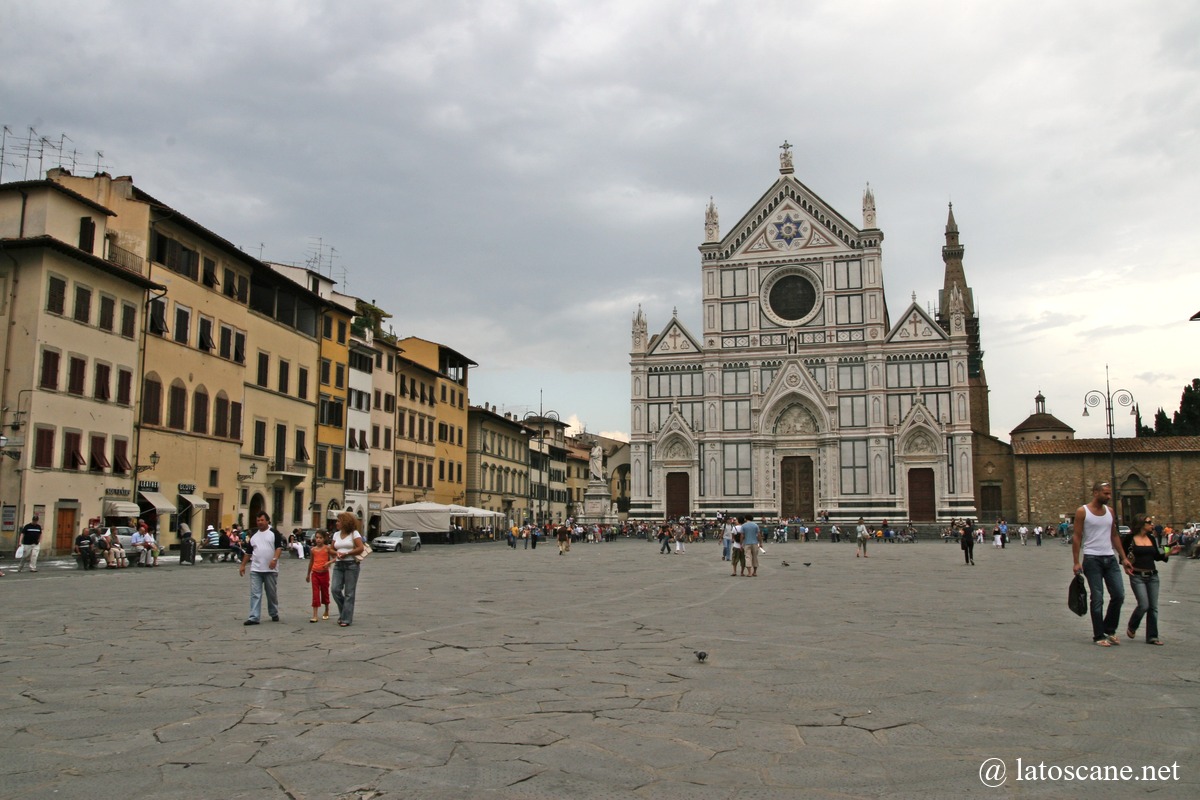
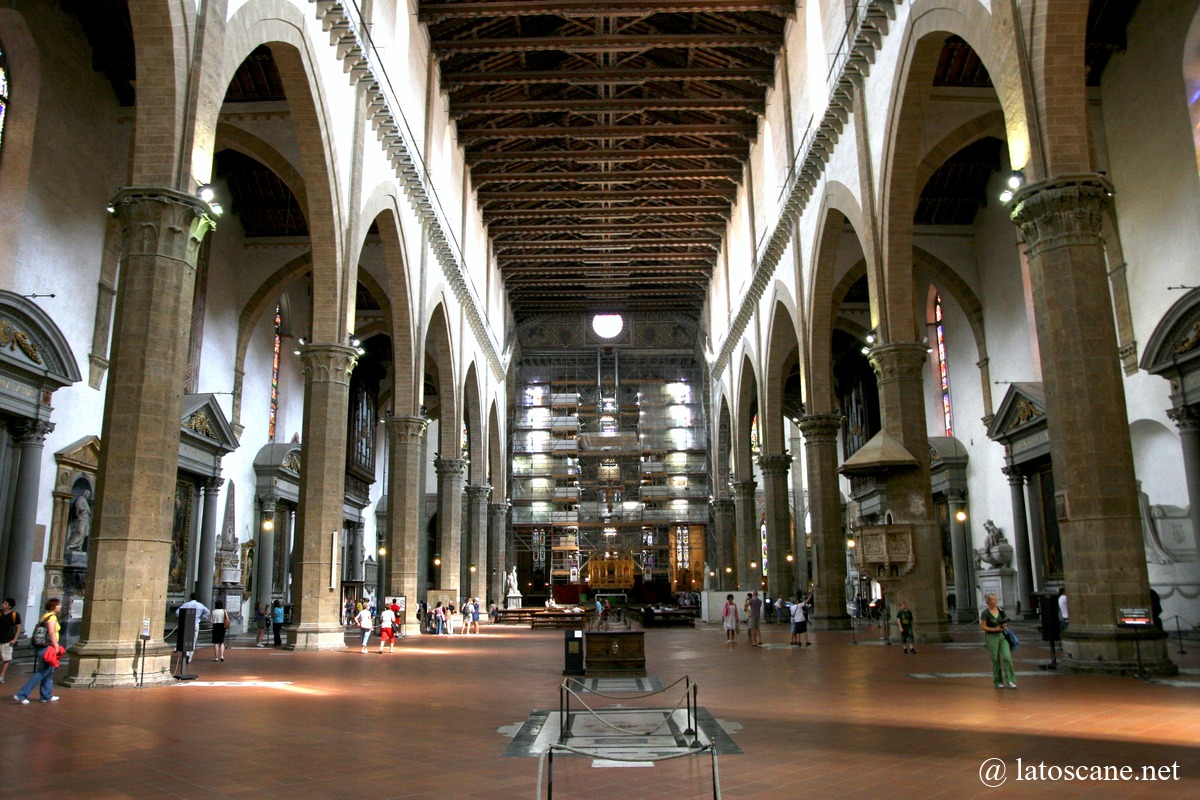
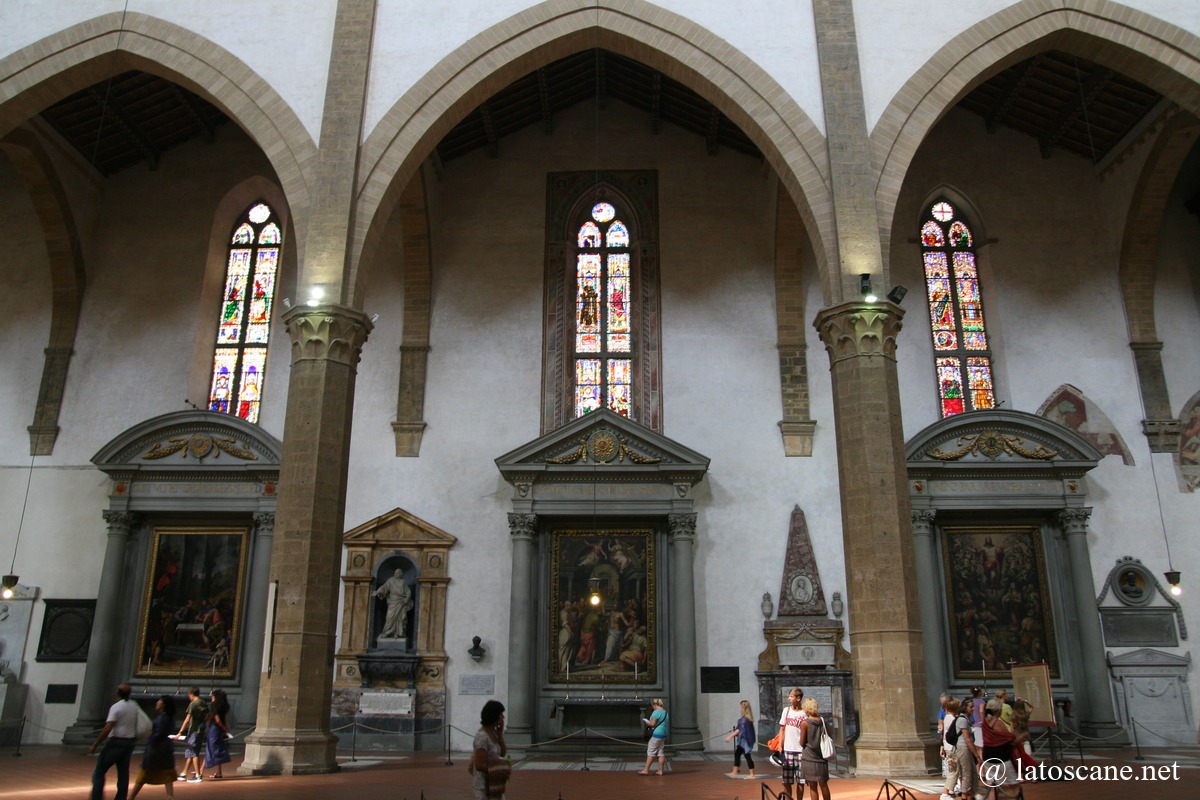
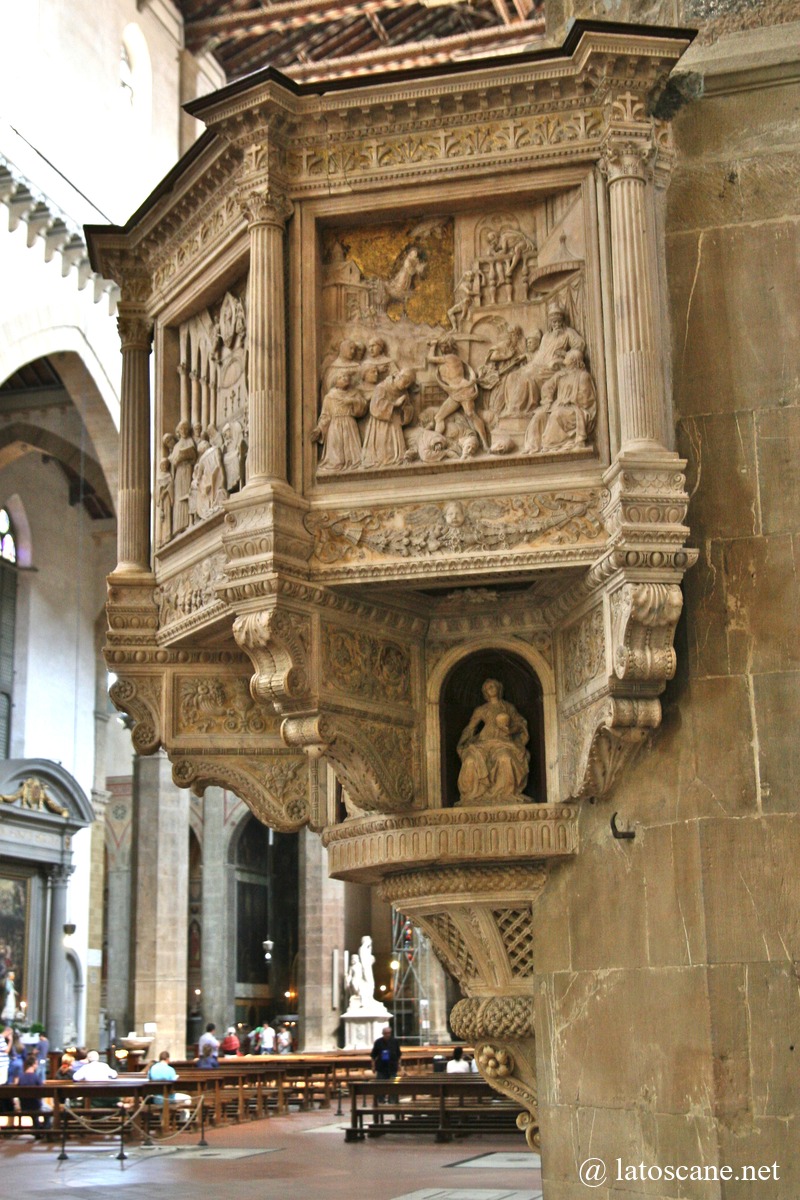
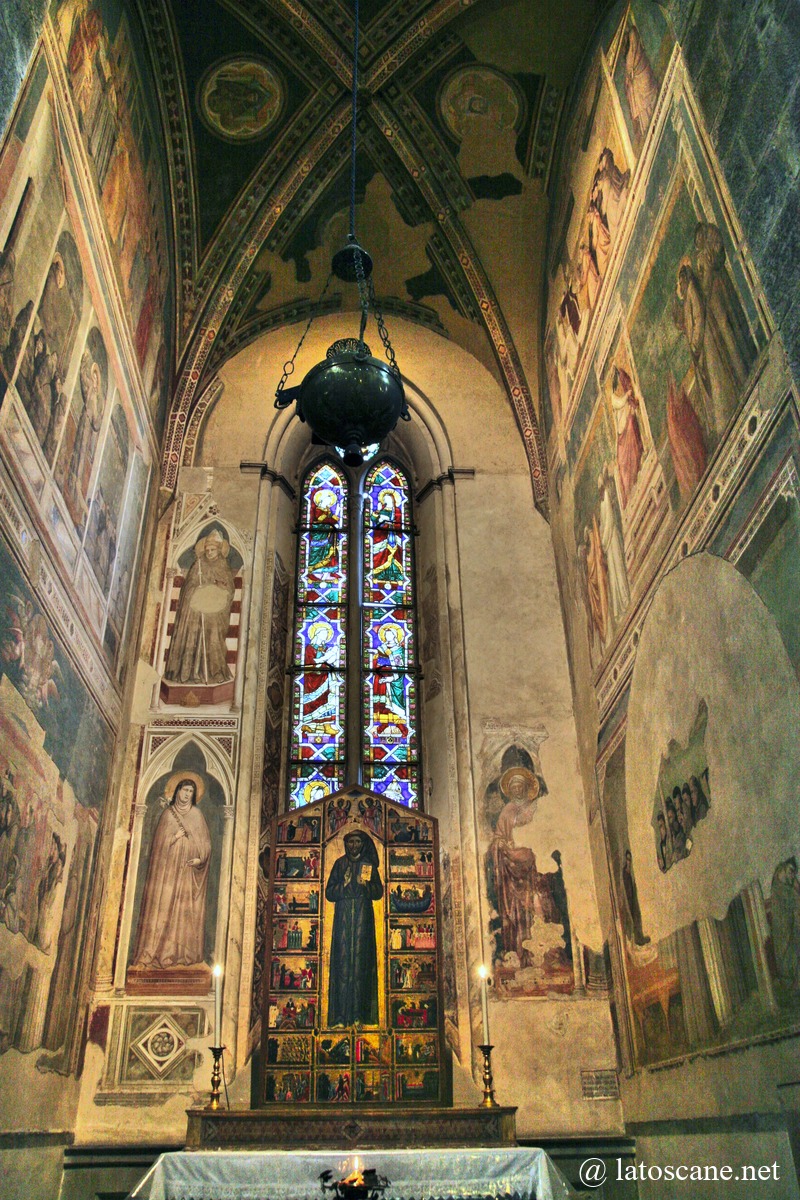
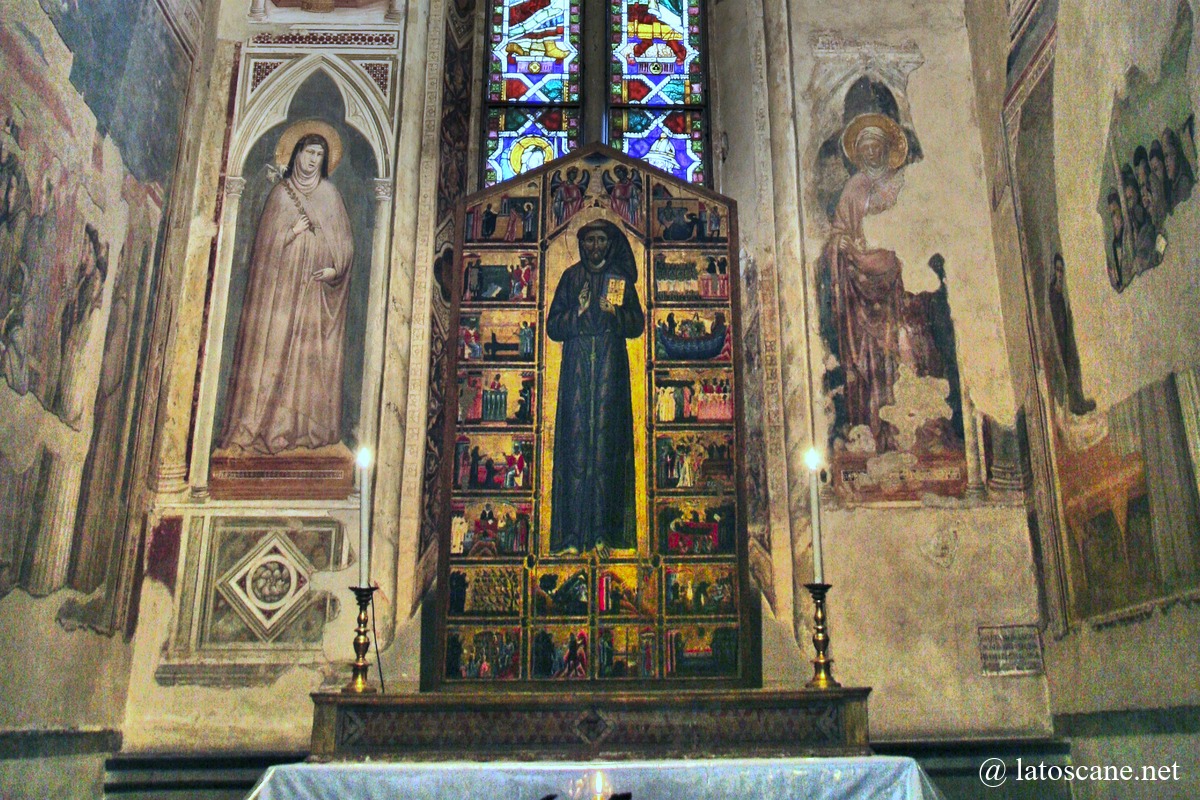
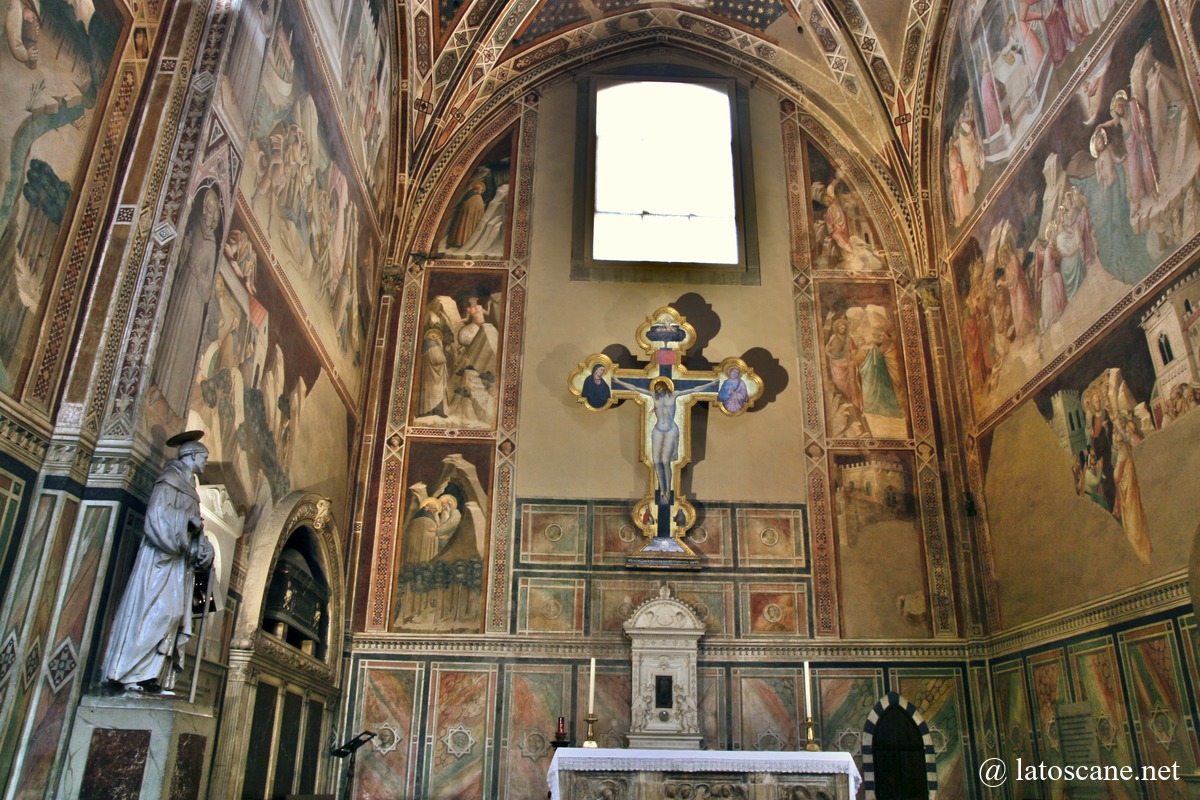
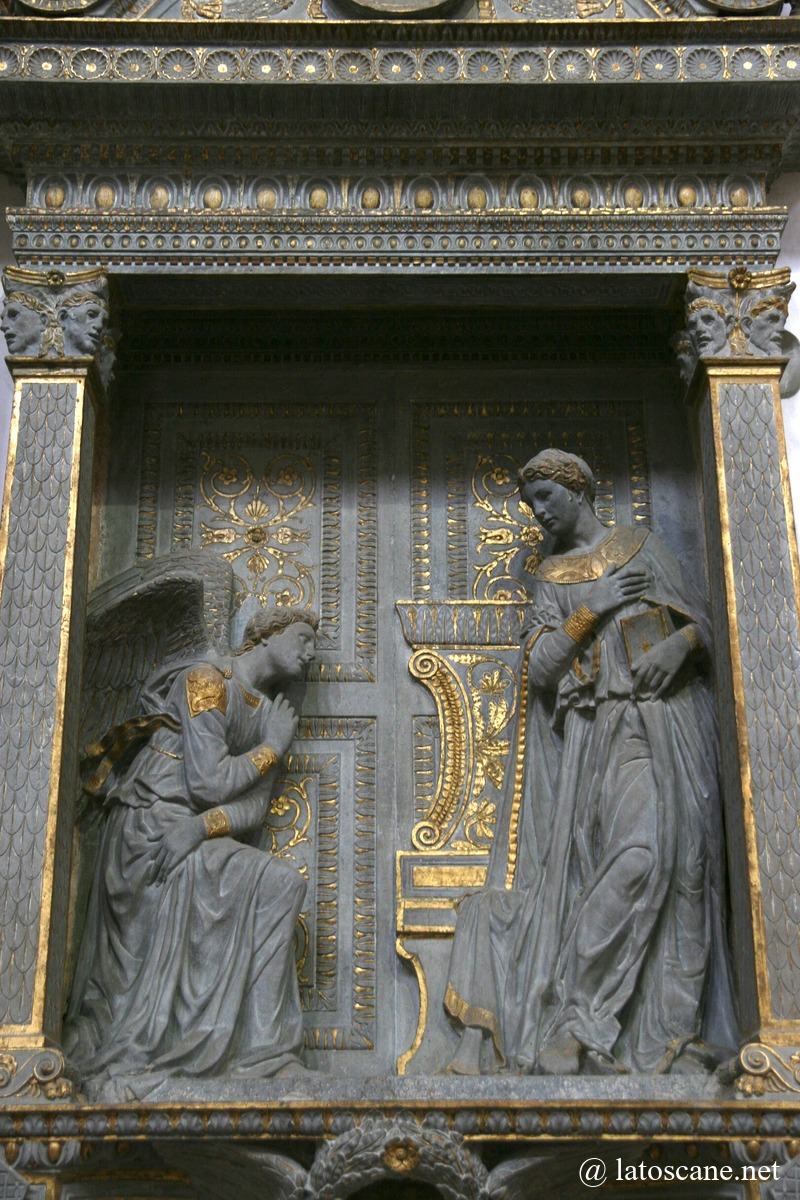
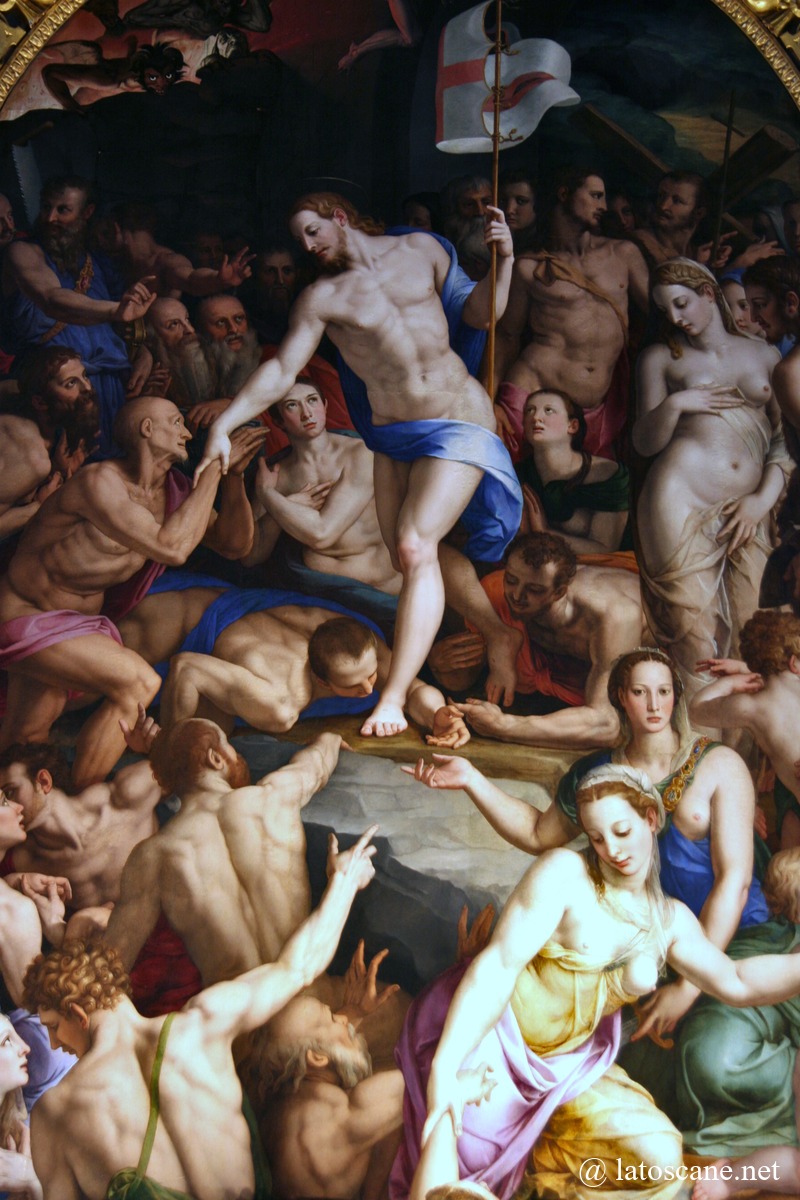
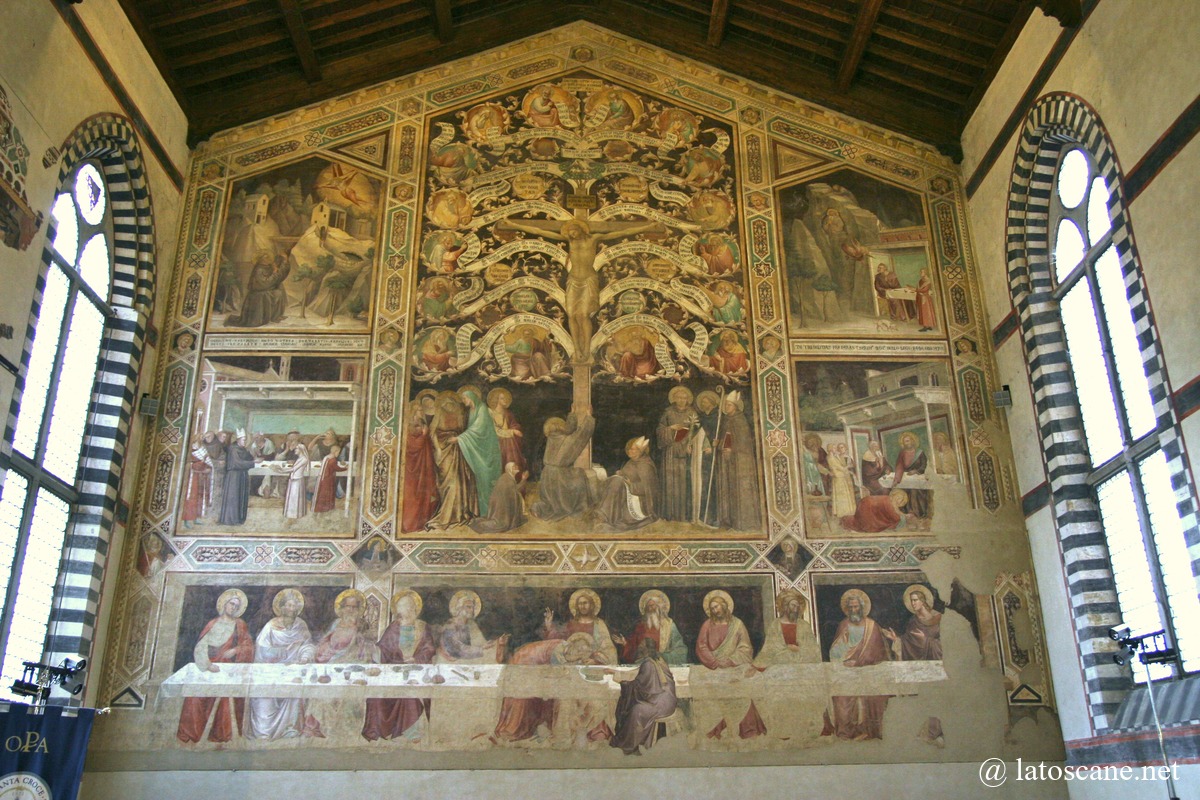
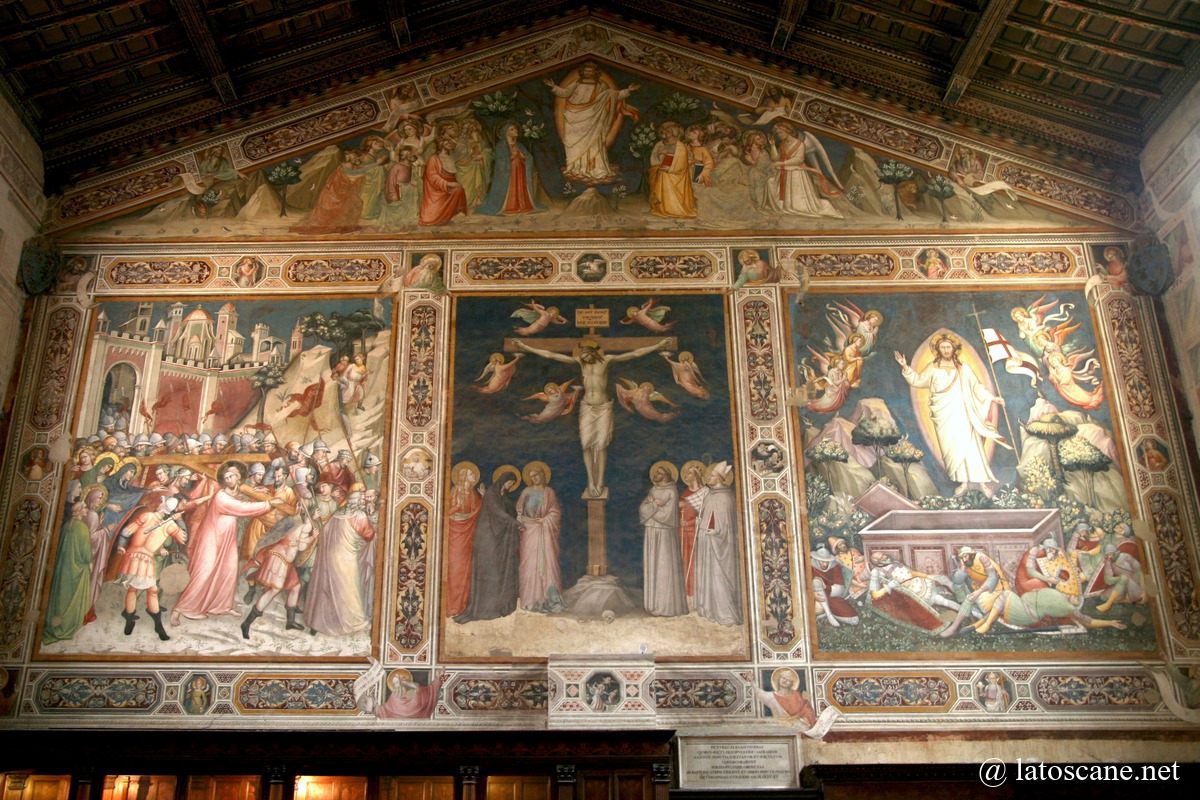
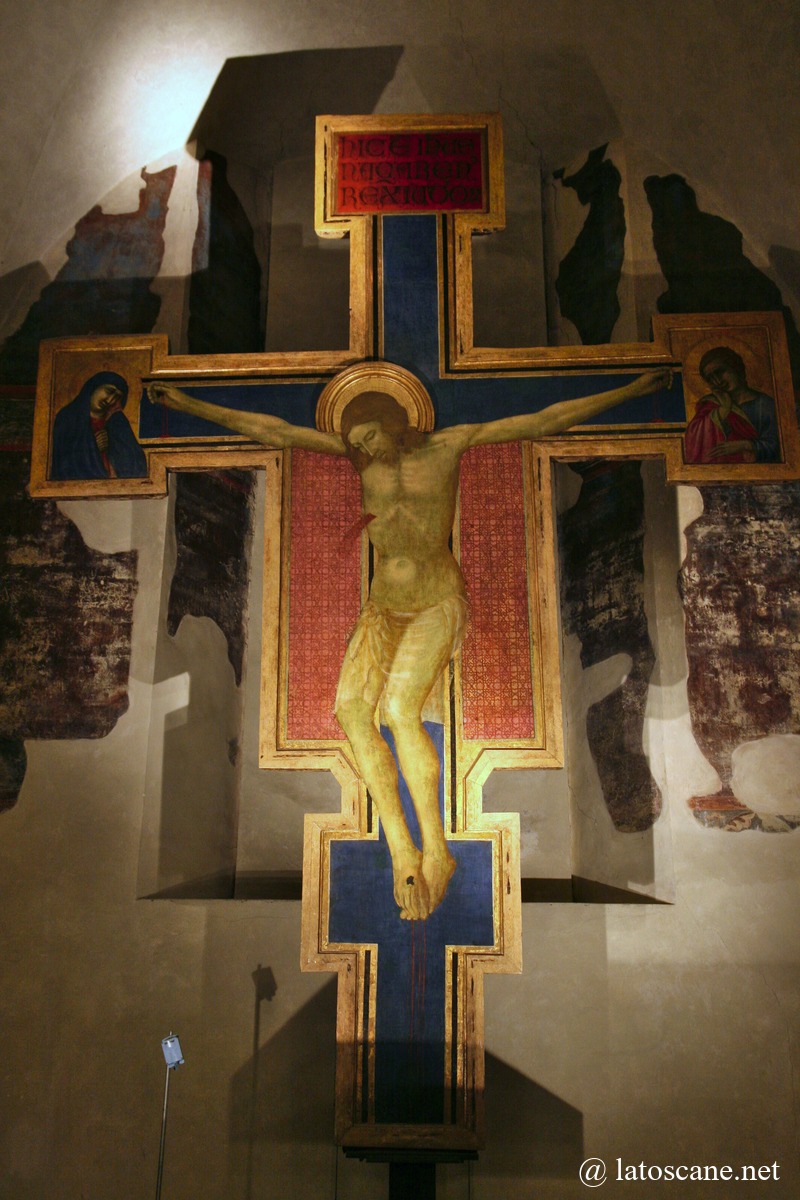
Outdoor Spaces and Annexes
- Pazzi Chapel: masterpiece by Brunelleschi, left unfinished after the downfall of the Pazzi family, decorated by artists such as Luca della Robbia and Donatello.
- First Cloister: a place for reflection and passage, surrounded by elegant arcades.
- Museum of the Works of Santa Croce: displays major works such as the famous Cimabue Crucifix, damaged by the 1966 flood, as well as frescoes by Andrea Orcagna and Taddeo Gaddi (The Tree of the Cross, The Last Supper).
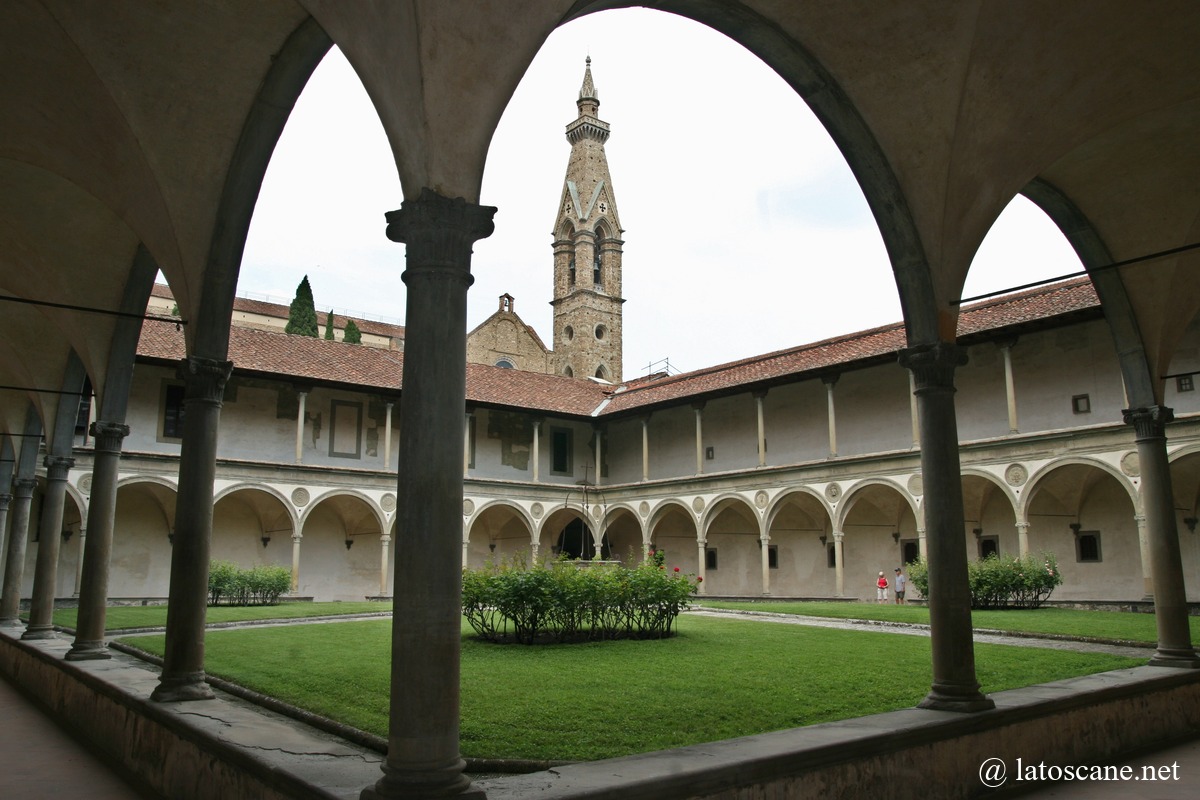

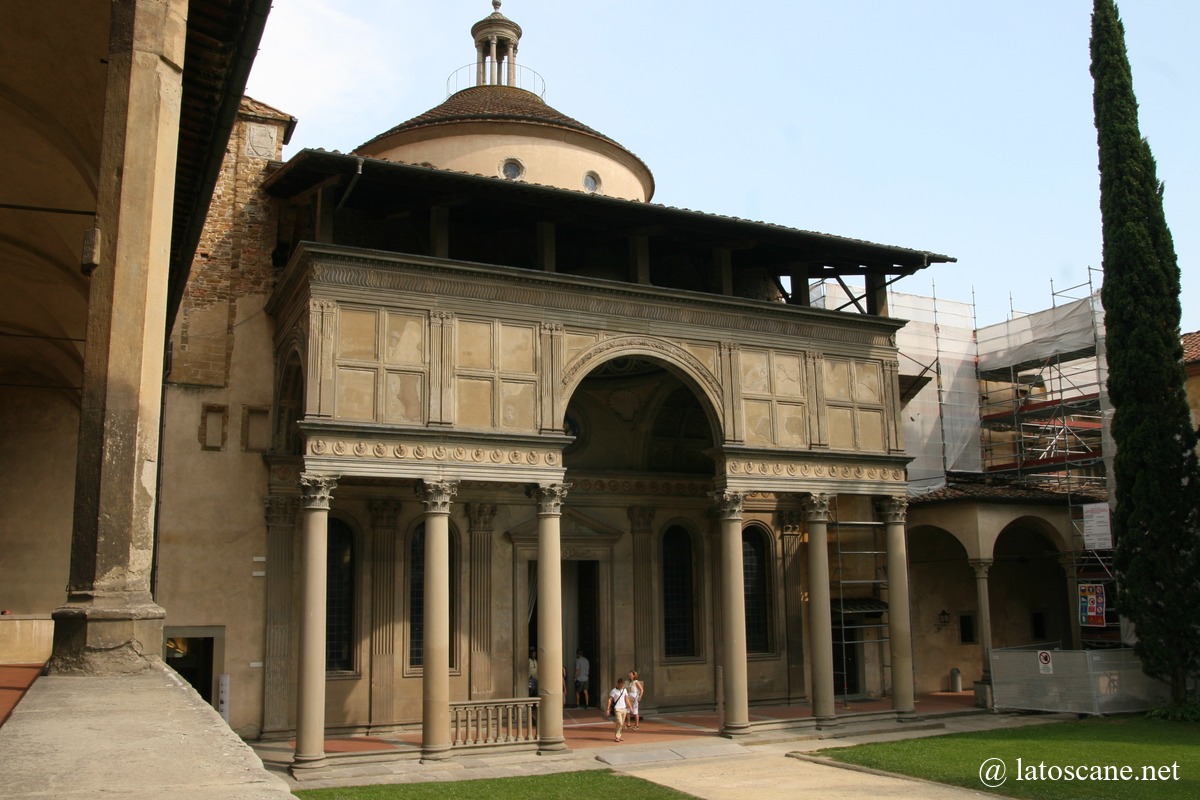

Where the Basilica of Santa Croce in Florence is Located
If you see this after your page is loaded completely, leafletJS files are missing.
Information
Guided Tours and Museum Passes
Further Reading Links
- Opera di Santa Croce — official website
- Museo dell’Opera di Santa Croce — museum and collections page
- Wikipedia — Santa Croce, Florence
Florence Category Articles
- Florence
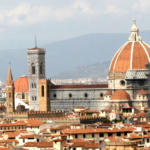 Florence, the capital of Tuscany crossed by the Arno River, has ...
Florence, the capital of Tuscany crossed by the Arno River, has ... - What to see in Florence: monuments, squares and museums
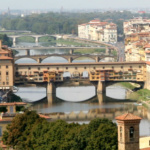 To explore Florence, at least 3 days are needed. The historic ...
To explore Florence, at least 3 days are needed. The historic ... - Interactive map of Florence
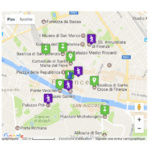 Map of Florence with its major monuments, places and museums Articles about ...
Map of Florence with its major monuments, places and museums Articles about ... - Hotels in Florence
 Hotels in Florence
Hotels in Florence - Visit Florence in 2 or 3 days
 A three-day stay in Florence allows you to discover the main ...
A three-day stay in Florence allows you to discover the main ... - Tickets and tours in Florence
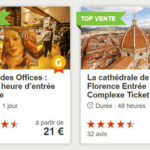 Florence touristic pass and combined tickets Excursions, visites guidées et billets à ...
Florence touristic pass and combined tickets Excursions, visites guidées et billets à ... - 16 Tuscan foods to try
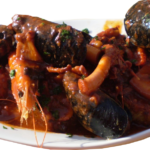 The Tuscan cuisine, particularly Florentine, is a celebration of simplicity and ...
The Tuscan cuisine, particularly Florentine, is a celebration of simplicity and ... - Florence Cathedral
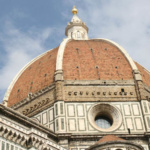 The Cattedrale di Santa Maria del Fiore, symbol of Florence, displays ...
The Cattedrale di Santa Maria del Fiore, symbol of Florence, displays ... - Palazzo Vecchio of Florence and museum
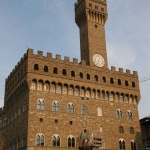 The Palazzo Vecchio (lit. “Old Palace”), one of the most iconic ...
The Palazzo Vecchio (lit. “Old Palace”), one of the most iconic ... - Ponte Vecchio
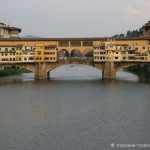 The Ponte Vecchio (lit. “the Old Bridge”) is one of the ...
The Ponte Vecchio (lit. “the Old Bridge”) is one of the ... - Piazza della Signoria
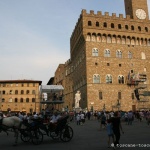 Piazza della Signoria is the political and historical heart of Florence. ...
Piazza della Signoria is the political and historical heart of Florence. ... - Churches in Florence
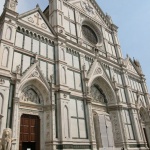 Florence, the cradle of the Renaissance where architecture, art, and history ...
Florence, the cradle of the Renaissance where architecture, art, and history ... - Museums in Florence
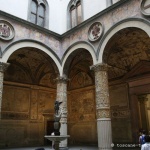 Florence, cradle of the Renaissance, is a true capital of art ...
Florence, cradle of the Renaissance, is a true capital of art ... - Uffizi Gallery
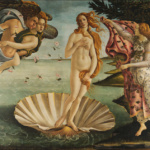 La Uffizi Gallery in Florence is one of the most famous ...
La Uffizi Gallery in Florence is one of the most famous ... - Santa Maria Novella Basilica in Florence
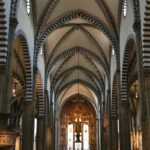 Santa Maria Novella is the large Dominican church located at the ...
Santa Maria Novella is the large Dominican church located at the ... - Palazzo Pitti, its museums and the gardens of Boboli
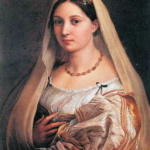 Palazzo Pitti is one of the largest buildings in Florence and ...
Palazzo Pitti is one of the largest buildings in Florence and ... - Gallery of the Academy of Florence
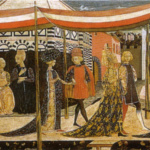 The Gallery of the Academy (Galleria dell’Accademia in Italian) is one ...
The Gallery of the Academy (Galleria dell’Accademia in Italian) is one ... - Typical cuisine of FlorenceThe Tuscan cuisine is based on simple, high-quality ingredients, reflecting a ...

No Comments Yet